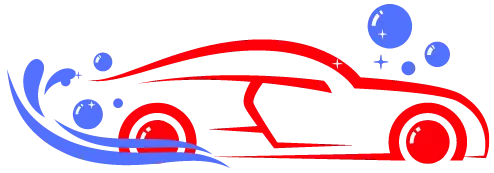10 Best Cars for Students To Buy in 2024
Students who live far from campus suffer to go to college every day and attend class on time. While public transportation can be a solution, it can’t maintain the right timetable. Choosing the best cars for students can be the right decision to attend class regularly while enjoying university life. While there are numerous popular car brands available, it can … Continue Reading










